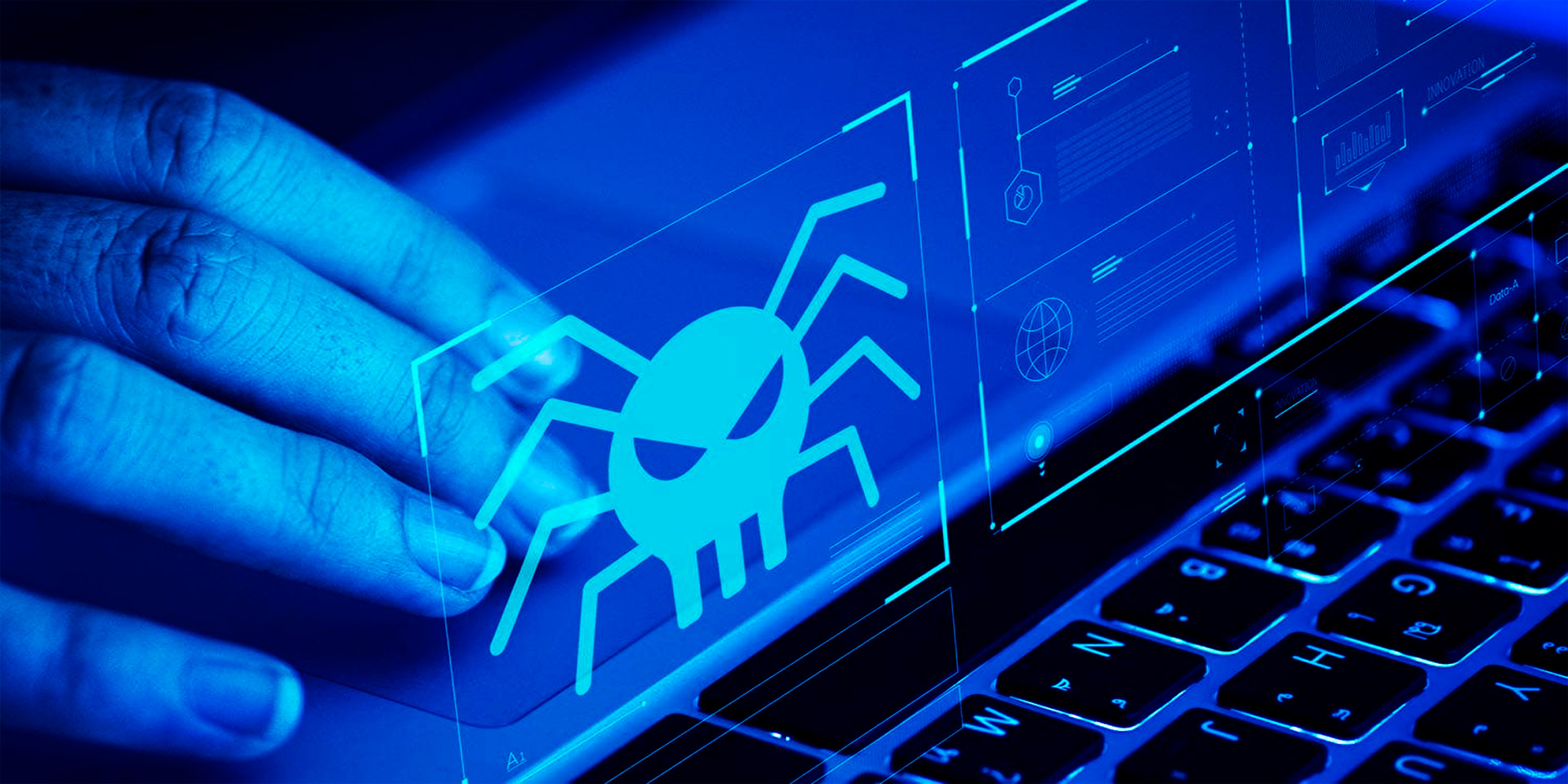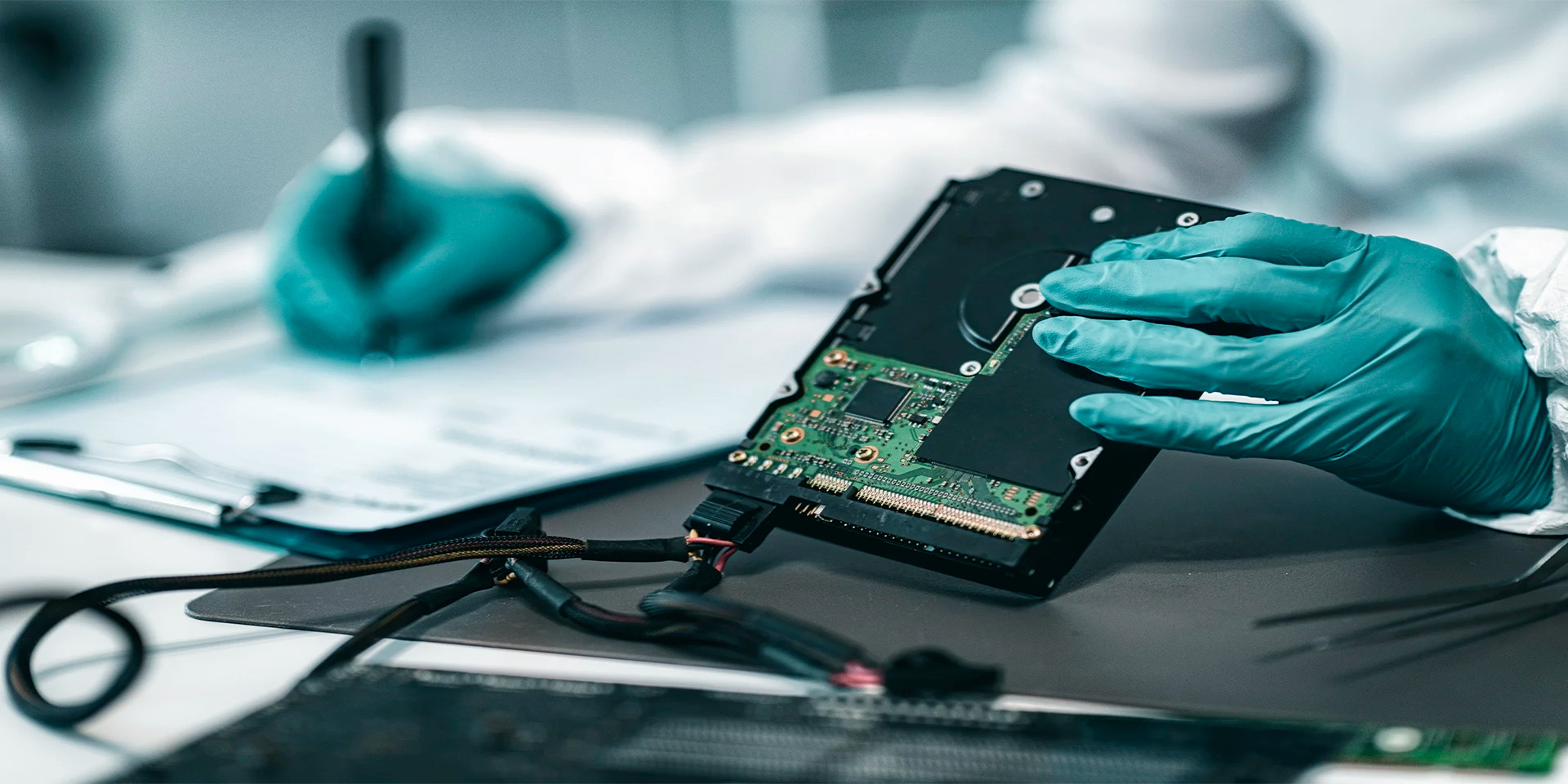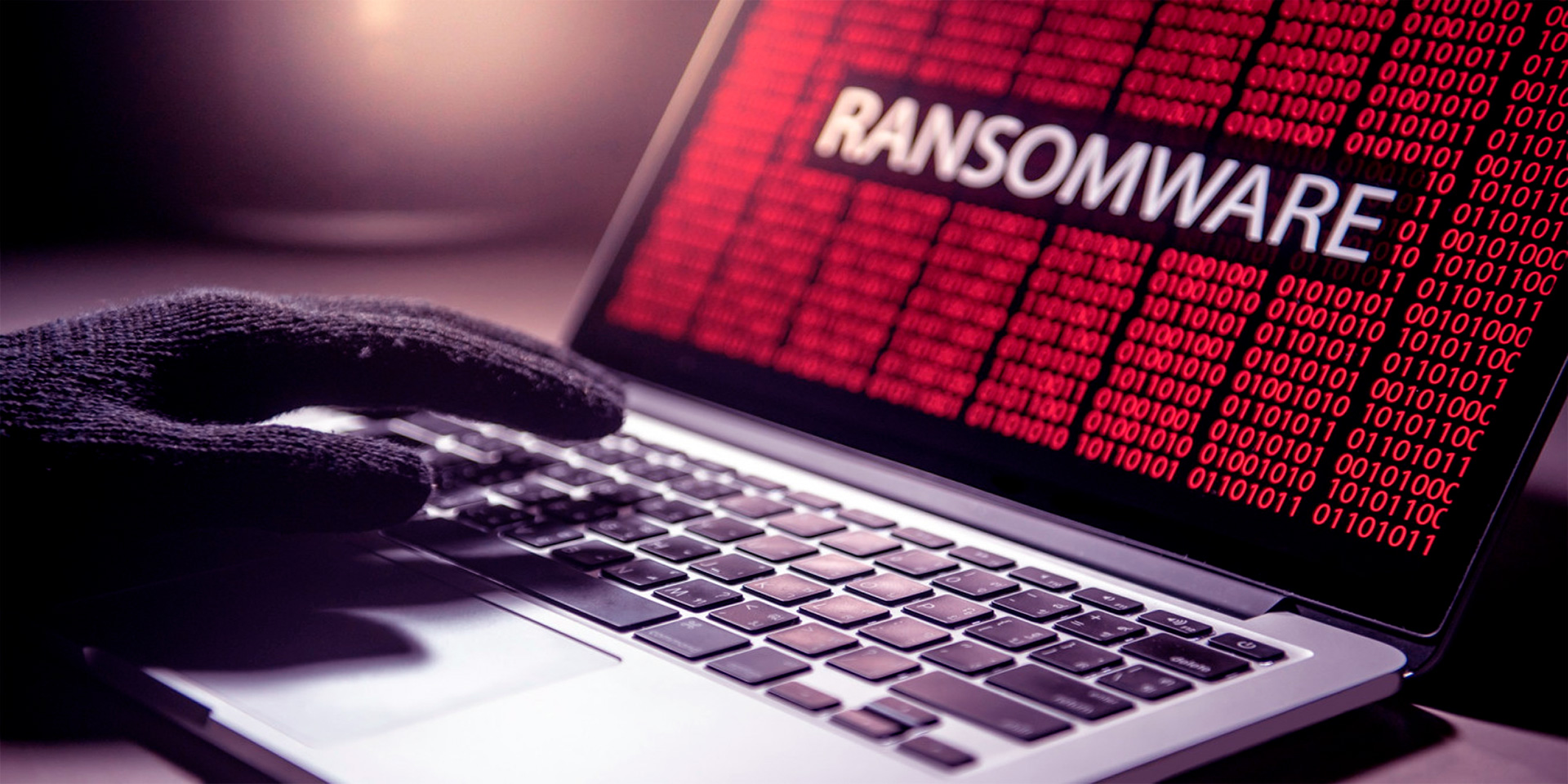Comprehensive Guide to Malware Identification and Removal

Malware, short for malicious software, is designed to harm, exploit, or otherwise compromise your devices and data. It includes viruses, worms, Trojans, ransomware, spyware, adware, and more. Malware can steal sensitive information, disrupt operations, and provide unauthorized access to your systems.
Types of Malware
- Viruses: Attach themselves to legitimate programs and spread when these programs are executed
- Worms: Spread across networks by exploiting vulnerabilities, often without user intervention
- Trojans: Disguise themselves as legitimate software but perform malicious actions once installed
- Ransomware: Encrypts files and demands a ransom for decryption
- Spyware: Secretly monitors user activities and collects sensitive information
- Adware: Displays unwanted advertisements and can track browsing habits
Recognizing Signs of Malware
Identifying malware early can prevent significant damage. Here are common signs that your device may be infected:
Slow Performance
A noticeable slowdown in your device’s performance, including longer boot times, slow application launches, and lagging during regular tasks, can indicate malware activity. Malware consumes system resources, affecting overall performance.
Unexpected Pop-Ups and Ads
Frequent and unexpected pop-up ads, especially when not browsing the web, can be a sign of adware. These ads may promote suspicious software or websites.
Unusual System Behavior
Malware can cause various unusual behaviors, such as unexplained crashes, system freezes, or programs opening and closing automatically. Files may also disappear or become corrupted.
High Network Activity
Increased network activity when you are not using the internet can indicate malware communicating with its command and control server. Check your network usage to identify abnormal patterns.
Unauthorized Changes
Malware can make unauthorized changes to system settings, browser configurations, and security settings. Look for unfamiliar toolbars, homepage changes, or disabled antivirus software.
Ransom Messages
Ransomware typically displays a ransom message, demanding payment to restore access to your files. If you encounter such a message, your device is likely infected with ransomware.

Steps to Remove Malware
Removing malware involves several steps to ensure complete eradication and restoration of your device’s security and functionality.
Step 1: Disconnect from the Internet
Disconnecting from the internet prevents malware from communicating with its server and spreading to other devices on the network. This step helps contain the infection.
Step 2: Enter Safe Mode
Boot your device into Safe Mode to prevent most malware from running. Safe Mode allows you to perform diagnostic tasks with minimal interference from malicious programs.
Step 3: Run a Malware Scan
Use reputable antivirus or anti-malware software to perform a full system scan. Ensure your software is up-to-date with the latest virus definitions. Run a thorough scan to detect and remove any malware.
Step 4: Quarantine or Remove Infected Files
After the scan, your security software will provide options to quarantine or remove infected files. Quarantining isolates the files, while removing deletes them. Follow the software’s recommendations for handling infected files.
Step 5: Delete Temporary Files
Delete temporary files and caches to remove any remnants of malware. Use tools like Disk Cleanup on Windows or the built-in tools on macOS to clear these files.
Step 6: Update and Patch Software
Ensure all your software, including the operating system, browsers, and applications, are updated with the latest patches. Updates often include security fixes that protect against vulnerabilities exploited by malware.
Step 7: Restore from Backup
If malware has caused significant damage, restoring your system from a recent backup can be a viable option. Ensure your backup is free from infection before restoring.
Step 8: Change Passwords
Change passwords for your accounts, especially if you suspect they were compromised. Use strong, unique passwords and enable two-factor authentication where possible.
Step 9: Monitor System Behavior
After removing malware, monitor your system for any signs of reinfection or unusual behavior. Continue running regular malware scans and keep your security software updated.

Preventing Future Malware Infections
Preventing malware infections involves adopting proactive security measures and safe computing practices.
Use Reputable Security Software
Install and regularly update reputable antivirus and anti-malware software. Enable real-time protection to detect and block threats as they occur.
Keep Software Updated
Ensure your operating system, applications, and security software are always up-to-date. Enable automatic updates to receive the latest security patches.
Practice Safe Browsing
Avoid clicking on suspicious links, downloading software from untrusted sources, and visiting questionable websites. Use a secure and updated browser with built-in security features.
Be Cautious with Email Attachments
Do not open email attachments or click on links from unknown or unexpected senders. Verify the sender’s identity before interacting with email content.
Enable Firewalls
Use firewalls to block unauthorized access to your network. Both hardware and software firewalls provide an additional layer of protection against malware.
Backup Data Regularly
Regularly back up your important data to an external hard drive or cloud storage. This ensures you can restore your data in case of a malware infection or other data loss events.
Educate Yourself on Cybersecurity
Stay informed about the latest cybersecurity threats and best practices. Regularly educate yourself on how to recognize and respond to potential security risks.
Successful Malware Removal
A small business experienced a malware attack that compromised several workstations. Here’s how they successfully removed the malware and restored security:
- Recognizing the Infection: Employees noticed slow performance, frequent pop-ups, and unauthorized changes to system settings, indicating a malware infection.
- Disconnecting from the Internet: The IT team quickly disconnected affected workstations from the internet to contain the spread of the malware.
- Entering Safe Mode: Devices were rebooted into Safe Mode to prevent the malware from running and to facilitate the removal process.
- Running Malware Scans: Reputable anti-malware software was used to perform thorough system scans, detecting and identifying multiple infected files.
- Quarantining and Removing Malware: The infected files were quarantined and removed based on the recommendations of the anti-malware software.
- Deleting Temporary Files: Temporary files and caches were deleted to ensure no remnants of the malware remained.
- Updating Software: All software, including the operating system and applications, was updated with the latest security patches.
- Restoring from Backup: Workstations that were severely affected were restored from recent, clean backups to ensure full functionality.
- Changing Passwords: Passwords for all accounts were changed, and two-factor authentication was enabled to enhance security.
- Monitoring and Prevention: The IT team continued to monitor system behavior and implemented stronger security measures to prevent future infections.
Conclusion
The business successfully removed the malware, restored the affected workstations, and improved overall security. Employees were trained on safe computing practices to prevent future incidents.


